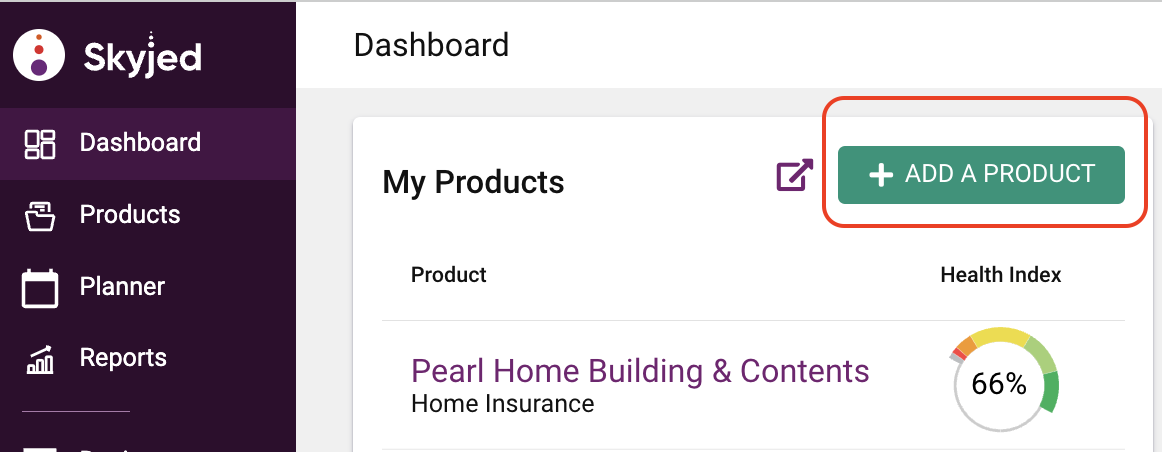The Importance of Lifecycle Governance in Product-Led Growth
by Leica Ison

As a product executive, I've seen firsthand the power of product-led growth. But to truly drive profitable revenue growth, it's not enough to simply focus on customer acquisition and retention. By adding lifecycle governance to your product-led growth framework, you can ensure that your product is aligned with your company's strategic objectives, stays on budget, and meets your customers' needs.
As someone who has leveraged lifecycle assessments and governance throughout my career, I can attest to how these practices have enabled me to be more strategic and ahead of the curve. It's time for product teams to embrace this approach and take their product-led growth to the next level.
Product-led growth has become a popular strategy for companies looking to drive revenue and customer acquisition. The basic idea behind product-led growth is that the product itself serves as the primary driver of customer acquisition and retention, rather than traditional sales and marketing channels. While product-led growth can be incredibly effective at driving customer acquisition and retention, product teams need to add lifecycle governance to their product-led growth framework. This is especially important as companies increasingly need profitable revenue growth, and the post-launch phase and sustaining are critical stages for product managers to make decisions to deliver outcomes, monitor metrics - financial and non-financial, and stay on budget/forecast each quarter.
Why Lifecycle Governance is Important in Product-Led Growth:
Ensure alignment with business goals:
The success of any product depends on its alignment with the company's overall business goals. It is essential to ensure that the product roadmap is aligned with the company's strategic objectives and that the product contributes to its overall growth. By adding lifecycle governance, product teams can ensure that their product roadmap is aligned with the business goals and that they are working towards the same objective. One of the key concerns of CEO's in our recent survey is that Product teams aren't aligned to business strategy and can get caught in the "Feature Factory".
Monitor metrics:
Monitoring financial and non-financial metrics is critical to ensuring a product's success. By adding lifecycle governance, product teams can monitor the performance of their product and make adjustments as needed to meet their objectives. This includes tracking revenue growth, customer acquisition costs, customer retention rates, and customer complaints in the sales channel and other key performance indicators. This information can be used to make data-driven decisions and adjust the product roadmap accordingly.
Stay on budget:
It is easy for product teams to get carried away with adding new features and functionality to their product. However, it's essential to stay on budget and ensure that the product is profitable. By adding lifecycle governance, product teams can ensure that their product development is staying on track and within budget - revenue and product margin. This is essential for delivering profitable revenue growth and keeping the company's financials in check.
Deliver outcomes:
Ultimately, a product-led growth strategy's success depends on delivering outcomes that meet the needs of customers and the business. By adding lifecycle governance, product teams can ensure that their product is delivering the outcomes that were intended and that it is meeting the needs of their customers. This involves continuous monitoring of customer feedback, analyzing data, and making changes to the product roadmap as needed. Lifecycle Assessments set a regular cadence of reviews and audits to course-correct and get alignment of any issues across the business.
Save time on compliance:
Product teams must also consider compliance regulations while developing and launching their products. It can be time-consuming to stay up-to-date with the latest regulations and ensure the product is compliant. By adding lifecycle governance, product teams can save time and ensure that the product complies with regulations. This is critical for avoiding legal issues that can affect the reputation and profitability of the company. These legal and regulatory requirements are captured at the product design stage and then reviewed in a strategic cadence.
Skyjed's Product Health Check Score:
Skyjed's unique Product Health Check Score capability is designed to help product leaders be more strategic with their product-led growth and governance. This score considers key metrics and compliance regulations to comprehensively view the product's health. It helps product teams identify improvement areas and make data-driven decisions to ensure the product meets its objectives. By using the Skyjed Product Health Check Score, product teams can save time on compliance, monitor metrics, stay on budget, and deliver outcomes that meet the needs of customers and the business.

This is where Skyjed's Product Health Check Score can be extremely beneficial both making strategic decisions and briefing senior management.
By using the Skyjed Product Health Check Score, product teams can save time on compliance and gain a comprehensive view of the product's health. This score provides valuable insights into key metrics such as revenue growth, customer acquisition costs, customer complaints, sustainability assessments, and compliance regulations. It enables product teams to make data-driven decisions to ensure that the product is meeting its objectives and staying on track.
With the Product Health Check Score, that is visual score of product health product leaders can be more strategic with their product-led growth and governance and focus on delivering outcomes that meet the needs of their customers and the business. The health-score dashboard in Skyjed is automated report that is ideal to update senior executives and for Board presentations. This report was developed for a Board member who gave us the brief:
"I want transparency into what is going on in the product portfolios, but i dont want a truck load of powerpoint decks"
So the key takeout is, product-led growth can be a powerful strategy for driving customer acquisition and retention. However, product teams must add lifecycle governance to their product-led growth framework to ensure that their products are delivering profitable revenue growth and staying on budget.
Skyjed's Product Health Check Score provides a unique capability for product leaders to save time on compliance, monitor metrics, and be more strategic with their product-led growth and governance. By using this score, product teams can stay on top of their product's health and make data-driven decisions to ensure that they meet their objectives and contribute to the company's overall growth.
About Skyjed
Skyjed is an AI-powered digital product lifecycle management and governance SaaS platform that acts as the single source of truth for product design, health, performance, and governance.
Skyjed is an ISO-27001 accredited solution. It is designed to drive growth and enable product teams to strategically design and monitor products with automation smarts and faster insights to make data-driven decisions with confidence.
Skyjed’s commitment to innovation and our customers has been rewarded with several industry recognitions including Technology of Year – Finalist in the UK Tech & Innovation Awards 2022, Finalist in the AFR Most Innovative Company 2022 and AFR Sustainability Awards 2022 and Regtech Female Founder of the Year 2021.



